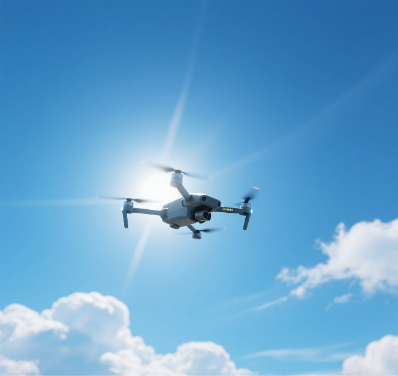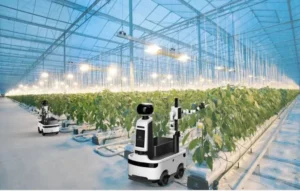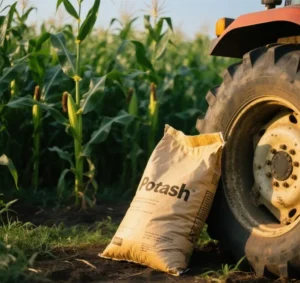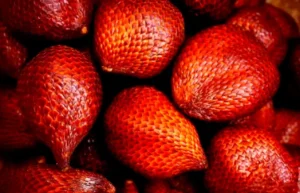China’s agricultural drone industry has evolved rapidly into a global powerhouse, fueled by technological advancements and strategic government support. With a market size of $2.1 billion in 2023 projected to reach $2.4 billion in 2024, the industry is at the forefront of precision farming. This article explores the industry’s current market dynamics, competitive landscape, and future trends.
Introduction: A Journey of Transformation
Since the early 2010s, China’s agricultural drone industry has undergone a remarkable transformation. Initially designed for basic crop protection, these drones have evolved into sophisticated platforms capable of performing various agricultural tasks. The first generation, introduced between 2014 and 2016, featured simple spraying drones with 10-liter payloads priced around $21,000. The current generation, available by 2024, includes intelligent systems such as the XAG P150 and the DJI T60. These drones are priced at $6,200 and $6,700, respectively, and are equipped with AI-powered crop monitoring, centimeter-level precision spraying, and multi-application capabilities.
upportive government policies, such as the Unmanned Aircraft Flight Management Interim Regulations and the 14th Five-Year Plan for National Agricultural Mechanization Development, have further propelled the industry’s growth. Provincial subsidy programs covering 30-50% of purchase costs have made these advanced tools more accessible to farmers.
Current Market Landscape
China’s agricultural drone industry is experiencing robust market growth, with an expected compound annual growth rate (CAGR) of 19.4% from 2022 to 2024. Annual sales are expected to reach 106,000 units by 2024, reflecting a steady increase in adoption. Regionally, adoption is concentrated in key agricultural zones, including Xinjiang (with an 18% market share for cotton farming), Jiangxi (with a 15% market share for rice paddies), and Hubei (with a 12% market share for mixed crops).
The market is highly consolidated, with DJI and XAG dominating. DJI holds a 54.82% market share, while XAG commands 37.59%. These leaders have achieved their dominance through continuous technological innovation and economies of scale. The industry’s evolution aligns with Moore’s Law, in which performance doubles every 18 months while costs decrease, as well as with the Matthew Effect, which is characterized by winner-takes-all dynamics. The price-performance ratio has improved significantly, dropping from $2,100 per liter of payload capacity in 2014 to under $140 in 2024—a 90% reduction.
Technological and Operational Advancements
Modern agricultural drones incorporate advanced flight systems with RTK positioning, offering ±2 cm accuracy, as well as obstacle avoidance through LiDAR and visual systems. Smart application systems enable variable-rate spraying, reducing chemical usage by 30-40%, as well as multispectral imaging for detailed crop health monitoring. These platforms also feature quick-change payloads for versatile operations, including spraying, seeding, and mapping.
Drones offer significant operational advantages over traditional methods. For example, coverage can increase from 20 acres per day with manual spraying to 300 acres per day with drones, which is a 15-fold improvement. Water usage decreases by 80%, and labor requirements decrease by 70%-80%. Chemical utilization efficiency improves by 25-30%, demonstrating the operational efficiency and sustainability of drone technology.
Challenges and Transition
Despite the perception of stagnation, the industry continues to grow, maintaining an annual sales growth rate of 15-20%. Drones are expanding beyond plant protection to include precision seeding, crop monitoring, and orchard management, which indicates a diversification of applications. However, challenges persist. Price wars have led to margin compression, reducing average profit margins from a historical range of 30-40% to 15-20%. The high skill requirements for precision operations and the limited after-sales support in rural areas pose additional hurdles. Evolving regulatory frameworks for airspace management and cross-regional operation licensing complicate market entry and expansion.
Future Development Trends
The future of China’s agricultural drone industry lies in developing multifunctional platforms and emerging business models. Future drones will feature AI-optimized variable-rate spraying, precision placement for diverse crops, real-time disease detection, and commercial pollination solutions. Drone-as-a-Service (DaaS) models will offer professional operator networks and pay-per-acre pricing. Meanwhile, data monetization will provide crop health analytics and yield prediction services. Additionally, integrating carbon credits by reducing chemical runoff and lowering CO₂ emissions through electric operations will enhance sustainability.
The industry is expected to see significant advancements by 2030. Technologically, we can expect to see autonomous swarm operations, hydrogen-powered long-endurance models, and integrated satellite-UAV systems. Applications will expand beyond spraying to include functions such as monitoring specialty crops like orchards and vineyards, accounting for 50% of usage. The total market value is projected to exceed $70 billion, with over 500,000 units in inventory and 30% market penetration.
Strategic Recommendations
For manufacturers to thrive, they must transition from a hardware-focused model to a solution-oriented one. Developing modular systems for multifunctional use and investing in AI capabilities for decision support will enhance competitiveness. Policymakers should standardize training and certification programs, support the development of service ecosystems, and encourage cross-industry collaboration between the agrichemical and Internet of Things (IoT) sectors. Farmers and operators should focus on total operational efficiency, develop specialized service offerings, and adopt data-driven farming practices to maximize benefits.
Conclusion
China’s agricultural drone industry has undergone a profound transformation, evolving from a period of rapid growth to a mature era characterized by technological sophistication, diversified applications, and strategic consolidation. Although the market is less “noisy” than in its early years, this tranquility conceals a robust undercurrent of progress. Annual sales are growing by 15-20%, technological advancements are doubling performance while reducing costs, and two industry giants, DJI and XAG, are reshaping the sector through innovation and scale. The future hinges on drones transcending their role as mere tools and becoming the central nervous system for precision farming. This requires seamless integration of AI-driven diagnostics, multifunctional operations, and data-driven decision-making. As these platforms evolve into autonomous swarms powered by hydrogen and guided by satellite-UAV networks, they will unlock unprecedented efficiency gains, reduce environmental footprints, and make advanced agritech more accessible to smallholder farmers. By 2030, the industry is expected to exceed $70 billion in value, covering 30% of China’s farmlands and transforming agriculture as profoundly as tractors did a century ago. Manufacturers must prioritize solutions over hardware, policymakers must harmonize regulations with ecosystem building, and farmers must embrace data-driven practices. Ultimately, China’s drones are not just flying machines—they are the vanguards of a quieter, smarter, and more sustainable agricultural revolution.









